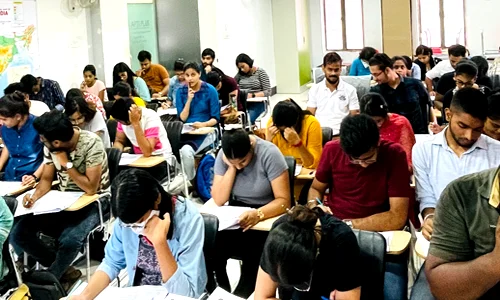



Hepatitis A is a viral liver infection that spreads through contaminated food and water. While usually mild in children, it can be severe in older children and adults, sometimes leading to liver failure. Improved sanitation has reduced early childhood exposure, leaving many young people vulnerable. Safe and effective vaccines are available, including a single-dose option with long-lasting protection. Despite this, Hepatitis A is not yet part of India’s national immunisation program. Strengthening surveillance, promoting hygiene, improving water quality, and introducing phased vaccination can help prevent outbreaks and protect public health.
Click to View MoreTuberculosis (TB) is a chronic infectious disease caused by Mycobacterium tuberculosis, primarily affecting the lungs (Pulmonary TB) but also other organs (Extrapulmonary TB). India has made remarkable progress in TB control, with incidence declining by 21% per year and mortality dropping from 28 to 21 per lakh population between 2015 and 2024. Key measures driving this success include early diagnosis through molecular tests, free treatment under the National TB Elimination Program, community screening campaigns like TB Mukt Bharat Abhiyan, and digital monitoring via the Nikshay portal. The decline not only reduces transmission and deaths but also lessens socioeconomic burden, improves productivity, and contributes to global TB elimination goals.
Click to View MoreLegionnaires' Disease is a lung infection caused by Legionella bacteria in freshwater environments. It is not contagious and can be transmitted through contaminated water droplets. Higher risk individuals include those aged 50 or older, smokers, chronic lung disease sufferers, and those with weakened immune systems.
Click to View More
© 2025 iasgyan. All right reserved